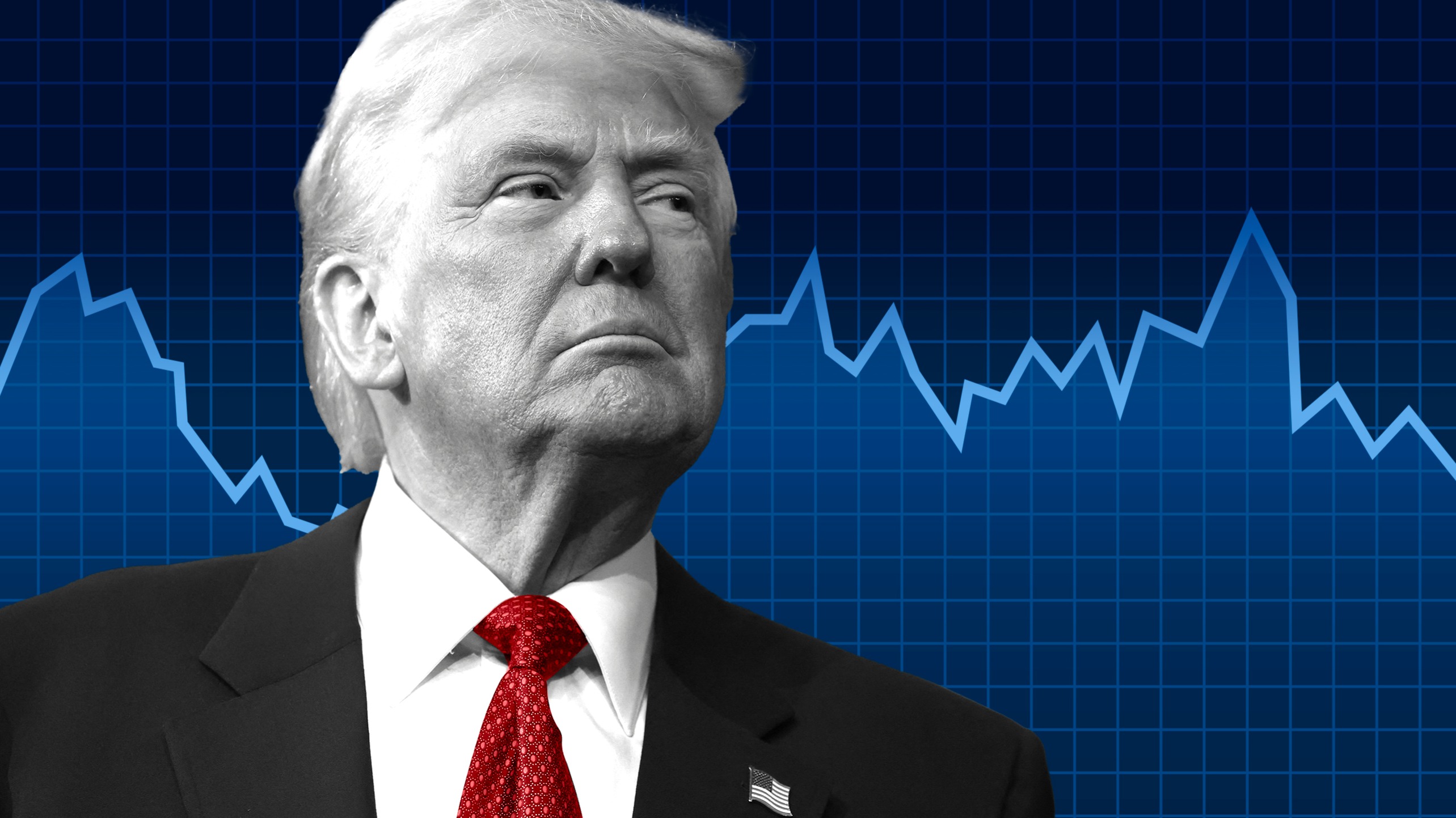Report on US Foreign Land Ownership Legislation and its Implications for Sustainable Development Goals
Executive Summary
In 2025, legislative actions at the US federal and state levels to limit foreign ownership of land have reached unprecedented levels. This report analyzes these trends and their significant implications for several United Nations Sustainable Development Goals (SDGs), particularly those concerning food security (SDG 2), economic growth (SDG 8), inequality (SDG 10), institutional justice (SDG 16), and global partnerships (SDG 17).
- A record 129 bills restricting foreign investment in land were considered in the first half of 2025.
- Eleven bills have been enacted into law, with the year-end total projected to set a new record.
- The primary justification cited is the protection of US national and economic security, with a pronounced focus on China.
SDG 2: Zero Hunger – Implications for Agricultural Land and Food Security
The legislative surge has a profound focus on agricultural land, directly impacting SDG 2, which aims to end hunger, achieve food security, and promote sustainable agriculture.
Primary Target: Farmland
The control and productivity of agricultural land are central to achieving food security. The current legislative environment presents challenges to the investment and stability needed for sustainable agricultural practices.
- Since 2021, 53% of all proposed and passed bills have targeted farmland.
- The US Department of Agriculture’s “National Farm Security Action Plan,” launched in July, explicitly links agricultural land control to national security, committing the federal government to support state-level prohibitions on ownership by foreign adversaries.
- Despite this focus, data from the USDA indicates that the targeted nations (China, Russia, North Korea, Iran) collectively own less than 1% of all foreign-held agricultural land in the US.
- Retroactive laws in states like Arkansas have mandated divestment, as seen in the case of Syngenta Seeds, which sold over 150 acres to comply with a 2023 order. This creates uncertainty for agricultural investment and operations.
SDG 8 & 17: Economic Growth and Partnerships – The Impact of FDI Restrictions
The restrictions on land ownership represent a significant barrier to Foreign Direct Investment (FDI), undermining the principles of SDG 8 (Decent Work and Economic Growth) and SDG 17 (Partnerships for the Goals).
Challenges to Economic Growth and Global Cooperation
FDI is a critical component of global economic integration and a key mechanism for financing sustainable development. The current trend of restricting property FDI runs counter to these goals.
- The legislative actions are part of a broader bipartisan clampdown on FDI from China in sectors deemed sensitive.
- This trend is a national phenomenon, with bills introduced in 42 states, including both Republican and Democratic strongholds.
- By limiting international investment, these laws may impede economic growth, job creation, and the transfer of technology and capital that are essential for achieving SDG 8.
- The move away from welcoming foreign investment challenges the spirit of global partnership and cooperation enshrined in SDG 17.
SDG 10 & 16: Reduced Inequalities and Strong Institutions
The nature of the legislation and the political climate surrounding it raise serious concerns related to SDG 10 (Reduced Inequalities) and SDG 16 (Peace, Justice and Strong Institutions).
Risk of Discrimination and Inequality
A significant portion of the legislation explicitly targets individuals based on their national origin, contributing to discrimination and social division.
- Analysis shows that 64% of the 405 bills introduced since 2021 explicitly restrict property ownership by Chinese citizens.
- This legislative focus aligns with polling data indicating that over a quarter of the US population perceives Chinese-Americans as a threat, exacerbating risks of racial profiling and undermining the goal of reducing inequalities.
Legislative Processes and Institutional Integrity
The development and justification of these laws highlight challenges to building effective, accountable, and inclusive institutions at all levels.
- Political analysis suggests that a “distinct political element” is at play, with lawmakers seeking to appear “tough on national security.”
- Legislative tactics have evolved, with newer bills using more subtle language to define targeted nations in an effort to avoid community backlash and accusations of discrimination, as seen in the revised Texas law.
- Legal challenges have been mounted against laws in at least four states (Florida, Texas, Arkansas, Tennessee) on the grounds that they pre-empt federal jurisdiction over national security. However, the federal government’s new support for state-level action may weaken these challenges, altering the balance of institutional power.
Relevant Sustainable Development Goals (SDGs)
- SDG 2: Zero Hunger
- SDG 10: Reduced Inequalities
- SDG 16: Peace, Justice and Strong Institutions
- SDG 17: Partnerships for the Goals
Specific SDG Targets
-
SDG 2: Zero Hunger
- Target 2.a: Increase investment, including through enhanced international cooperation, in rural infrastructure, agricultural research and extension services, technology development and plant and livestock gene banks in order to enhance agricultural productive capacity.
Explanation: The article focuses heavily on restricting foreign investment in US farmland. It notes that “Farmland has been the biggest target, accounting for 53 per cent of bills proposed and passed since 2021.” The US Department of Agriculture’s “National Farm Security Action Plan” and the specific focus on “Chinese acquisition of US agricultural land” directly relate to policies governing investment in agricultural assets, which is the core of this target. The article discusses the restriction of such investment, which is contrary to the target’s aim of increasing it.
- Target 2.a: Increase investment, including through enhanced international cooperation, in rural infrastructure, agricultural research and extension services, technology development and plant and livestock gene banks in order to enhance agricultural productive capacity.
-
SDG 10: Reduced Inequalities
- Target 10.3: Ensure equal opportunity and reduce inequalities of outcome, including by eliminating discriminatory laws, policies and practices and promoting appropriate legislation, policies and action in this regard.
Explanation: The article highlights that the legislative measures are perceived as discriminatory. It states that “64 per cent [of bills] explicitly restrict Chinese citizens from owning property” and that this mirrors “rising Sinophobia.” It also mentions that some bills drew “community backlash for appearing discriminatory and contributing to racial profiling,” directly connecting the legislation to issues of discrimination and inequality based on national origin.
- Target 10.3: Ensure equal opportunity and reduce inequalities of outcome, including by eliminating discriminatory laws, policies and practices and promoting appropriate legislation, policies and action in this regard.
-
SDG 16: Peace, Justice and Strong Institutions
- Target 16.b: Promote and enforce non-discriminatory laws and policies for sustainable development.
Explanation: This target is central to the article’s theme. The surge in legislation (“129 limiting foreign investment in land have been considered”) that explicitly targets individuals from specific countries, primarily China, is a direct example of creating and enforcing laws that can be considered discriminatory. The article notes that the trend is to make the targeting more subtle to avoid backlash, but the discriminatory intent remains a key issue.
- Target 16.b: Promote and enforce non-discriminatory laws and policies for sustainable development.
-
SDG 17: Partnerships for the Goals
- Target 17.13: Enhance global macroeconomic stability, including through policy coordination and policy coherence.
Explanation: The article discusses a significant policy shift regarding foreign direct investment (FDI), a key component of global economic partnerships. It highlights a lack of initial policy coherence between state and federal levels, noting that state laws “face lawsuits for allegedly ‘pre-empting’ national jurisdiction.” However, it also points to emerging coordination, with the federal government’s “newfound support for state-level restrictions” and its commitment to “work with states to take swift legislative action.” This demonstrates an evolving policy coherence on restricting FDI from certain nations.
- Target 17.13: Enhance global macroeconomic stability, including through policy coordination and policy coherence.
Implied Indicators for Measurement
-
SDG 10 (Reduced Inequalities) & SDG 16 (Peace, Justice and Strong Institutions)
- Indicator: Number of discriminatory laws and policies introduced and enacted.
Explanation: The article provides specific numbers that can be used as an indicator. It mentions “129 limiting foreign investment in land have been considered across the country over the first half of the year,” “Eleven of these bills have been signed into law,” and “405 such pieces of legislation introduced nationwide since 2021.” It further specifies that “64 per cent explicitly restrict Chinese citizens from owning property.” These figures directly measure the prevalence of the policies in question. - Indicator: Proportion of the population reporting discrimination.
Explanation: The article implies this indicator by citing poll data: “Recent polls suggest more than one-quarter of the US population see Chinese-Americans as a threat to society and security.” This reflects perceptions and attitudes that underpin discriminatory practices and policies.
- Indicator: Number of discriminatory laws and policies introduced and enacted.
-
SDG 2 (Zero Hunger)
- Indicator: Foreign ownership of agricultural land.
Explanation: The article provides data points that can track changes in foreign investment in agriculture. It mentions that four targeted countries “collectively accounting for less than one per cent of foreign-held agricultural land” and gives a specific example of divestment: “Syngenta Seeds sold more than 150 acres of agricultural land in Arkansas.” This data can be used to measure the direct impact of the restrictive policies on agricultural investment.
- Indicator: Foreign ownership of agricultural land.
Summary of Findings
| SDGs | Targets | Indicators |
|---|---|---|
| SDG 2: Zero Hunger | 2.a: Increase investment… in order to enhance agricultural productive capacity. | Amount of foreign-held agricultural land (e.g., “less than one per cent” held by targeted countries; “150 acres” sold in Arkansas). |
| SDG 10: Reduced Inequalities | 10.3: Ensure equal opportunity and reduce inequalities of outcome, including by eliminating discriminatory laws, policies and practices. | Proportion of population with discriminatory views (e.g., “more than one-quarter of the US population see Chinese-Americans as a threat”). |
| SDG 16: Peace, Justice and Strong Institutions | 16.b: Promote and enforce non-discriminatory laws and policies for sustainable development. | Number of restrictive/discriminatory laws introduced and passed (e.g., “129 limiting foreign investment… have been considered”; “Eleven… signed into law”; “64 per cent explicitly restrict Chinese citizens”). |
| SDG 17: Partnerships for the Goals | 17.13: Enhance global macroeconomic stability, including through policy coordination and policy coherence. | Evidence of policy coordination between government levels (e.g., federal government’s “newfound support for state-level restrictions” and plan to “work with states”). |
Source: fdiintelligence.com







